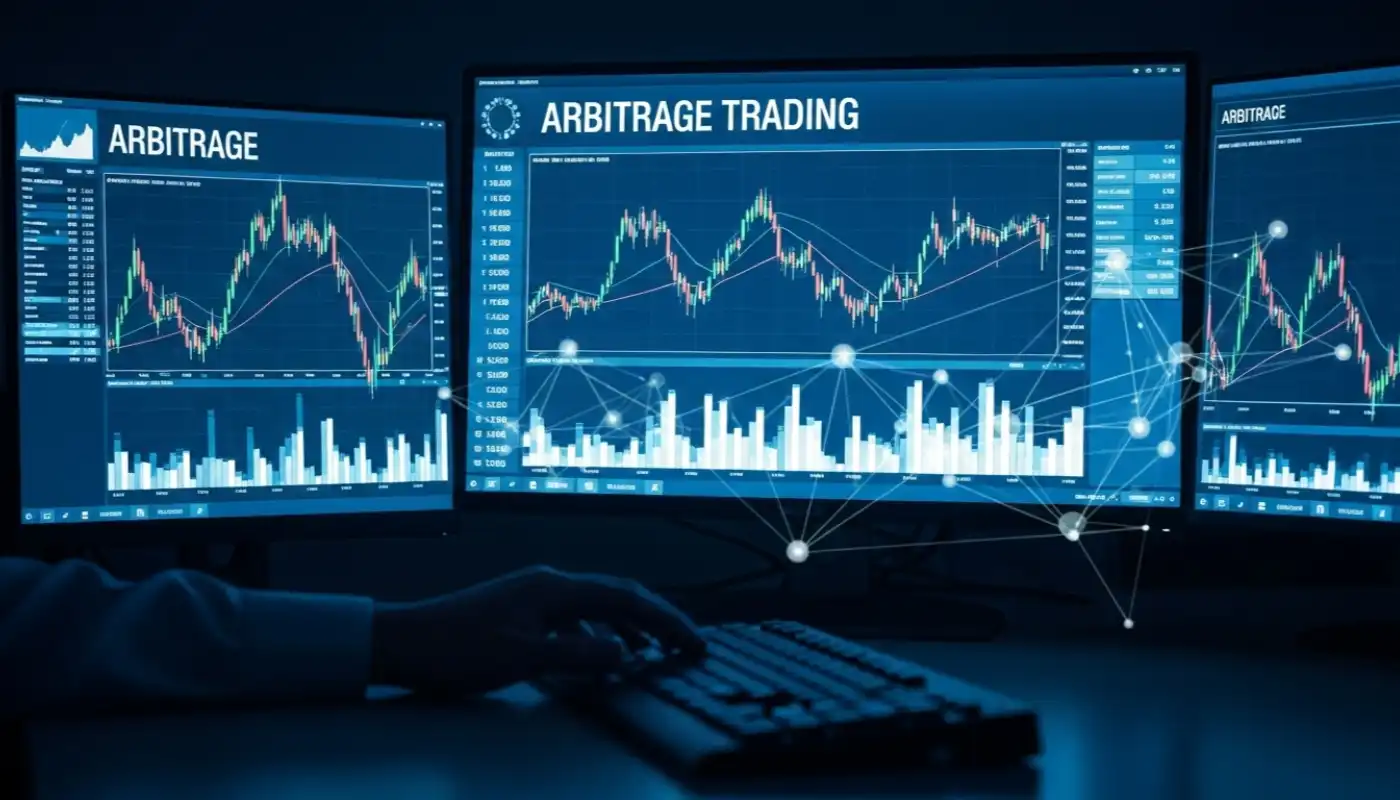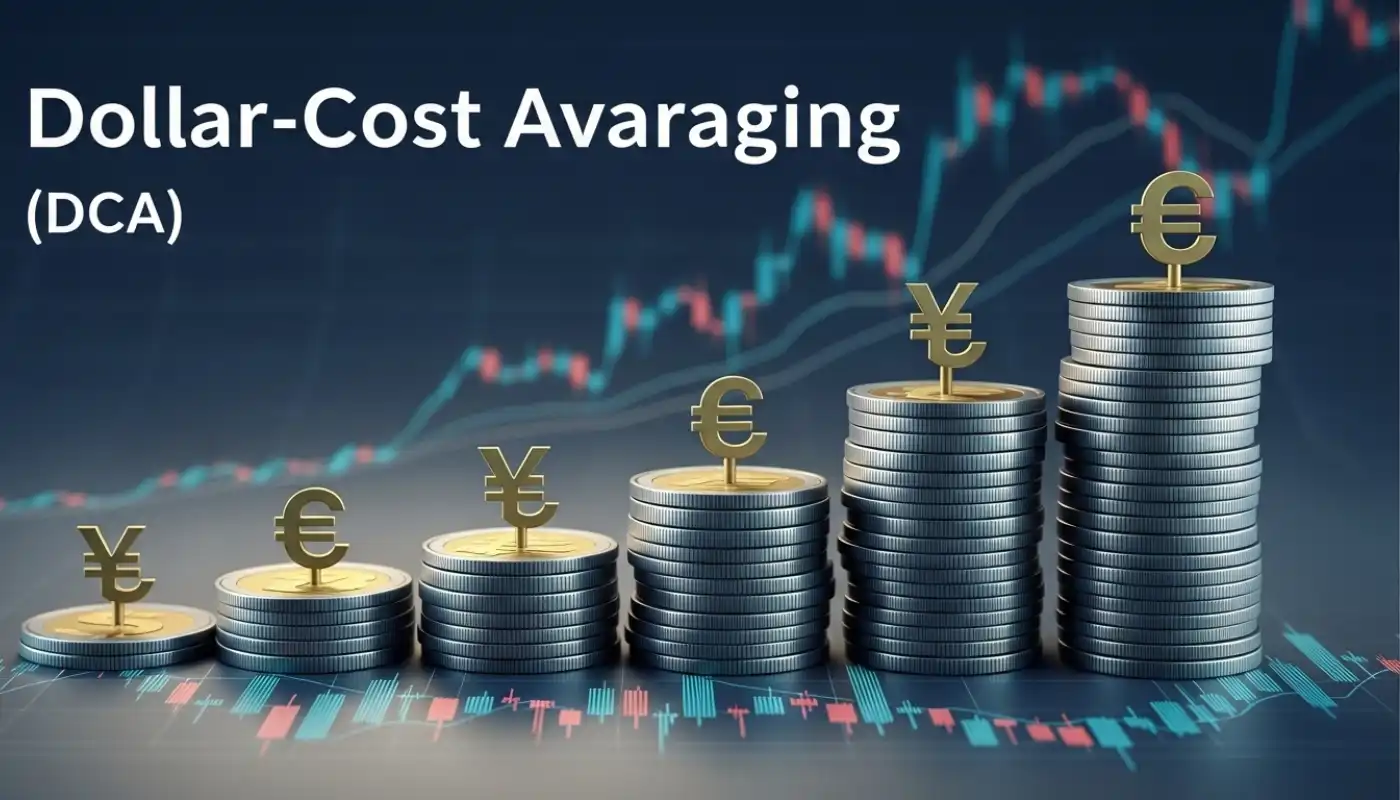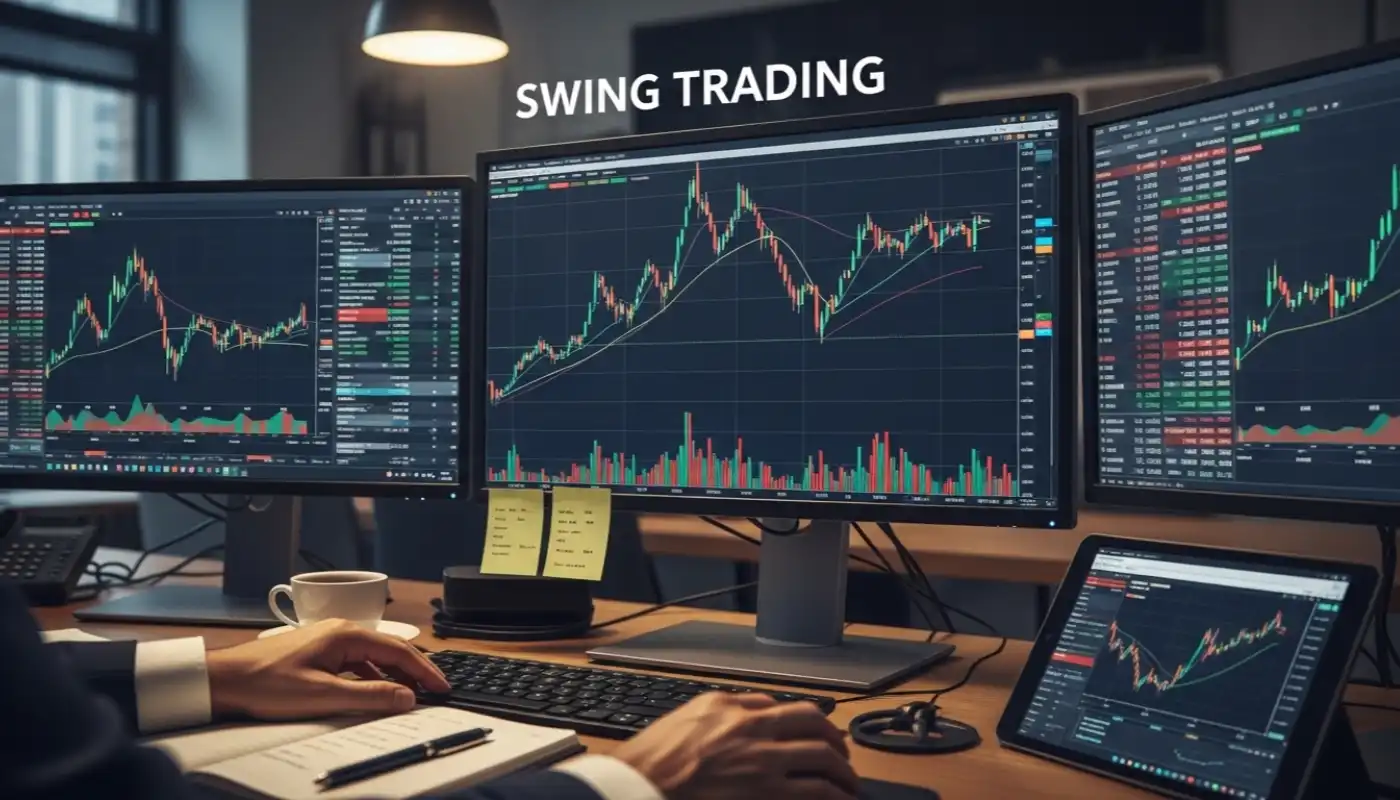Cryptocurrency trading has grown immensely in recent years, drawing the attention of investors worldwide. For beginners, however, navigating this dynamic and often volatile market can feel overwhelming.
All the numerous coins, exchanges, and trading methods can confuse new entrants by making them unsure where and how to start.
The secret to success is to be familiar with some fundamental ways of thinking and acting, including adaptation to risk and the ever-changing market environment.
This guide explores various crypto trading strategies and offers tips on how beginners can build a strong foundation for successful trading.
Understanding Crypto Trading
Before diving into trading strategies, it’s important to first understand the basics of cryptocurrency trading. Cryptocurrency trading is the purchase and sale of digital currencies on exchanges in order to realize profit from price changes.
Although the cryptocurrency market is characterized by volatility, it has the potential to generate huge returns if one follows the correct strategy.
The crypto market is open 24/7 (unlike traditional markets) and, as such, has a higher level of complexity. Cryptocurrencies like Bitcoin and Ethereum are known for their high volatility, which means prices can rise or fall rapidly.
As a beginner, it’s crucial to develop a strategy that suits your risk appetite, time commitment, and goals.
Crypto Trading Strategies
There is a plethora of strategies or techniques that can be applied for trading cryptocurrencies, each of which has its own pros and cons.
Below are some of the most popular trading strategies, including those that are most beginner-friendly.
Arbitrage Trading

Arbitrage trading consists of purchasing a cryptocurrency on an exchange where it is cheaper and simultaneously selling it on another exchange where it is pricier, thus generating a profit from the price gap.
This strategy exploits inefficiencies in the market, such as differing prices for the same asset on various exchanges.
Although arbitrage may be profitable, it entails rapid transactions, as price discrepancies between exchanges usually vanish rapidly.
While this strategy can be okay for beginners, it’s important to be aware of transaction fees, which can impact profits, and to ensure that there is enough liquidity on both exchanges to execute the trades.
Crypto Futures Trading

Crypto futures trading allows investors to buy or sell a contract that represents a specific amount of cryptocurrency at a predetermined price on a future date.
Leveraging is a usual characteristic of this kind of trading. It allows traders to have control of a larger position than their actual invested capital.
Futures trading can bring in spectacular profits, particularly at times when there are significant movements in prices. But it can also mean substantial risks because, once the price moves to a large extent, losses are potentially not limited to the initial capital investment.
Therefore, futures trading is not advised for beginners with no experience in market analysis and risk management.
Day Trading

Day trading involves the purchasing and selling of cryptocurrencies like Bitcoin during the same day to profit from small changes in price.
It demands fast decision-making, along with an eye for market signals and the changes such signals reflect. In the context of day trading, a position is held for minutes to hours, based mainly on market volatility.
Day trading is potentially very profitable but also highly risky and requires a lot of time to constantly watch the market.
In general, for a novice, day trading may not be the best entry point unless the novice is prepared to commit a significant amount of time towards learning and refinement of their skills.
Dollar-Cost Averaging (DCA)

Dollar-cost averaging (DCA) is a less risky approach that involves investing a fixed amount of money or crypto assets at regular intervals, even when the cryptocurrency price increases or otherwise.
This approach allows novices to purchase crypto in smaller units of value, thereby smoothing out the price volatility over time.
DCA lessens the emotional impact of market movements because it promotes regular investing instead of trying to time the market.
It is an easy-to-understand and beneficial method that reduces the risk of making significant lump-sum investments.
High-Frequency Trading

High-frequency trading (HFT) exploits algorithms to buy and sell assets at ultra-fast speeds, regularly trading thousands of times per day.
This approach often demands expert-level knowledge and the ability to work with sophisticated trading tools.
HFT is mainly utilized by institutional investors and may not be suitable for novice users since it requires a lot of background knowledge of market dynamics.
Without such knowledge, it can be very difficult for a novice to participate in HFT in the right way to avoid losing money.
HODLing (Buy-And-Hold)

The HODL strategy, originating from a misspelled word “hold” in an online post, refers to buying a cryptocurrency and holding it for an extended period, regardless of market fluctuations.
It is an approach that is predicated upon the assumption that, in the long run, the price of the cryptocurrency will rise substantially.
In other words, HODLing is appropriate for investors who have faith in the long-term ability of a cryptocurrency and do not worry about short-term price fluctuations.
This approach is less stressful compared to day trading and is suitable for beginners capable of exercising lengthy patience for their maturing crypto investments.
Index Investing
Index investing is an approach that involves buying a portfolio of various cryptocurrencies that are designed to reflect the movement of the general market.
This approach can offer diversification and, in turn, reduce the risk of investing in only one crypto.
For newcomers, index investing represents a powerful means to get exposure to the crypto market without the risk of overdependence on a single crypto asset.
Most exchanges and investment platforms provide crypto index funds or ETFs, which aim to provide information on groups of top-performing cryptocurrencies.
Range Trading
Range trading is the process of finding price areas where a cryptocurrency trades within a certain range, for example, a support level (low end of the range) and a resistance level (high end of the range).
Traders buy below the support and sell above the resistance, making money solely from the price movements within that range.
This approach is most suitable in sideways or consolidating markets in which price action is not consistently biased in a particular direction.
As a beginner, range trading can be a relatively stable or safe option because it’s not significantly influenced by market trends and is based on clearly defined price zones.
Scalping
Scalping is a strategy based on earning a small amount of money from a very short-term price variation. Traders using this approach aim to buy low and sell high in quick intervals, often making dozens or even hundreds of trades in a single day.
In liquid markets, scalping is profitable, but it demands constant vigilance, lightning-fast decision-making, and the capacity to follow market gyrations in real time.
However, this approach may be hard for beginners because it is complex and the game is fast-paced.
Swing Trading

A swing trading strategy is based on taking advantage of price fluctuations in the short-to-medium term.
The strategy is used by traders looking to hold positions for days or weeks, buying when they expect the price to go up and selling when they expect the price to be near the top.
This method needs technical analysis for entry and exit points and is less time-demanding compared with day trading. However, it still needs a decent knowledge of market trends and chart patterns.
For beginners, this strategy can be a good middle ground, as it tends to be more flexible than day trading and does not require the same level of constant market monitoring.
Trend Trading
Trend trading involves identifying and following the direction of a market trend, whether it’s up, down, or sideways. Trend traders buy when the market is trending up and sell when the market is moving down.
For novices, trend trading is a valid methodology since it minimizes the risk of trading against the market. By staying with the trend, traders can ride the momentum and potentially profit from sustained price movements.
It, however, needs the ability to read the trends and separate them from short-term variations.
Conclusion
For beginners, the key to successful crypto trading is finding the best strategy that fits their individual goals, risk tolerance, and time commitment.
Starting with a beginner-friendly strategy like dollar-cost averaging can be an excellent way to ease into the market while minimizing risk.
Over time, as you garner more knowledge and experience, you can consider trying out more advanced strategies such as day trading or futures trading.
No matter the strategy you settle for, it’s essential to stay informed, practice sound risk management, and avoid making impulsive trading decisions based on short-term price swings.
FAQs
What are the best crypto strategies beginners can use to trade crypto?
A serious crypto beginner can use any of the strategies mentioned above if well prepared. However, dollar-cost averaging (DCA) and HODLing can be considered the best strategies for beginners, as they are relatively low-risk and less time-intensive compared to other methods like day trading or scalping. Additionally, other strategies, such as arbitrage trading, range trading, index trading, swing trading, and trend trading, should also be comfortable for an average beginner.
How much should I invest in crypto as a beginner?
For beginners, small investments are advised so as not to lose too much money. Cryptocurrency is volatile, and it’s essential not to risk more than you’re willing to lose. You can increase your investments as your knowledge and experience increase.
Can I make money with cryptocurrency?
Yes. Cryptocurrency has made many millionaires and billionaires. However, the market is volatile, and returns are not guaranteed. Beginners should focus on learning, risk management, and using a strategy that suits their goals, time schedule, and risk tolerance.
How can I minimize risk in crypto trading?
Consider dollar-cost averaging, HODLing, hedging, and refraining from major speculative trading. It’s also essential to stay informed and to use secure wallets and exchanges.
What is the best way to learn crypto trading?
The ideal approach for learning crypto trading is a mix of research, practice, and patience. Many beginners begin by using demo accounts or paper trading, so they can practice without risking actual money. It’s also necessary to constantly stay tuned to news and market developments and connect with experts in the field.










